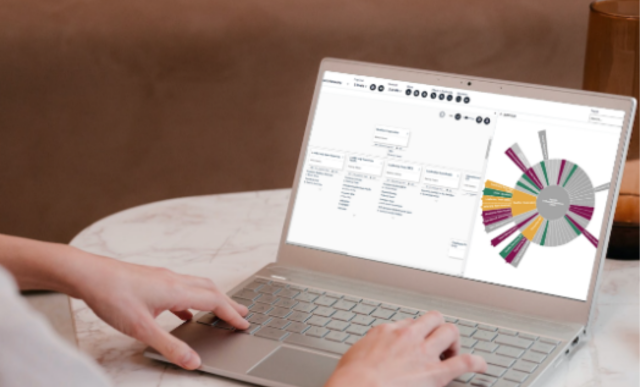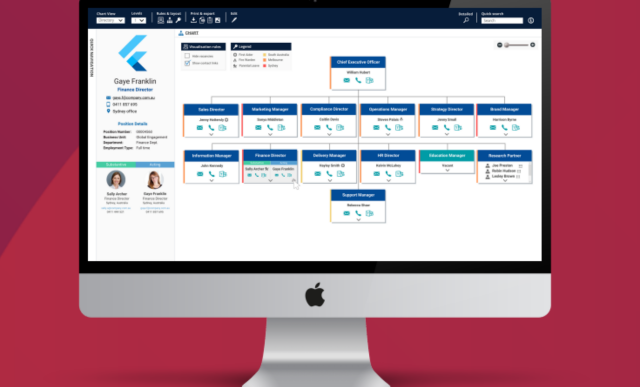Is Your HR Strategy Sustainable?
How to Create an HR Strategy That Will Survive Constant Disruption
In the era of digital business, organizations are recognizing the importance of digital HR and of leveraging highly diverse and highly flexible teams. They are moving fast and disrupting their existing HR delivery models to adapt to the broader disruption underway on a global scale as a hyperconnected, data-driven economy takes shape.
But could organizations be doing more? Strategic HR might be enough to address the challenges on the horizon, but what about the ones that lay beyond? How can organizations stay ahead of tomorrow’s HR challenges as the business landscape continues to evolve in rapid and unpredictable ways?
The answer lies in a new concept called “sustainable HR,” an approach that fosters technological innovation and enables the agility to be ready for the workforce of the future.
New Mindset, New Capabilities
Embracing a sustainable HR mindset helps provide organizations with a culture that can continue to adapt to unforeseen disruption. There’s no playbook for developing sustainable HR, and no organization today can claim to have mastered it. Sustainable HR is an ongoing process that requires the constant cultivation of ideas, perspectives, and capabilities. A good way to start is by understanding how sustainable HR differs from strategic HR.
Consider, for example, the concept of “ease of use” in HR applications. Strategic HR deploys technology designed to improve usability, making it easier for a user to know where to “click” to get an answer. Sustainable HR goes beyond these fundamentals of usability. Instead, it calls for tools that profoundly improve productivity, providing users with relevant, meaningful answers based on their roles or user-specific issues. It’s sustainable because it doesn’t shoehorn human needs into one specific form or function. It’s fluid, flexible, and focused on value.
Another example is self-service functionality. Strategic HR might involve the use of cloud technology for employee self-service and analytics. Sustainable HR takes the concept of self-service one step further by bringing cloud, mobile, and other technologies together in an intelligent platform that can support engagement and innovation — a platform or ecosystem that, in many ways, is like a member of the team. It’s sustainable because it can adapt, “think,” and take action, not just put information and insights at employees’ fingertips.
Enabling Sustainability
As sustainable HR becomes more prominent, businesses will begin to look beyond traditional HR applications toward solutions that can help HR organizations implement this concept and proactively respond to emerging trends. And SAP provides a full spectrum of solutions to meet this need.
While SAP SuccessFactors offerings remain bedrock solutions for HR, SAP HANA will become vital to supporting the increasing volume of data and analytics required to transform HR. The SAP Leonardo innovation portfolio, which includes SAP Leonardo Machine Learning, helps connect intelligent devices to people and processes, and will also become a critical part of building ecosystems that can support sustainable HR in the digital age. In addition, many organizations are likely to leverage SAP Cloud Platform to create new applications that extend the capabilities of SAP solutions and strengthen the HR department as a whole.
The Future of HR
Strategic HR remains essential, but in many ways, sustainable HR will take on an increasingly central role as digital business needs force organizations to evolve rapidly and new expectations for the HR department emerge. Embracing sustainable HR now can help organizations take the lead on enterprise innovation, build the workforce of the future to attract top talent, and avoid playing catch-up during the next wave of disruption.
To explore how you can make HR more sustainable and how SAP solutions can help, a conversation with Deloitte Consulting LLP can serve as a great first step. Visit www.deloitte.com/SAP to get the conversation started.






